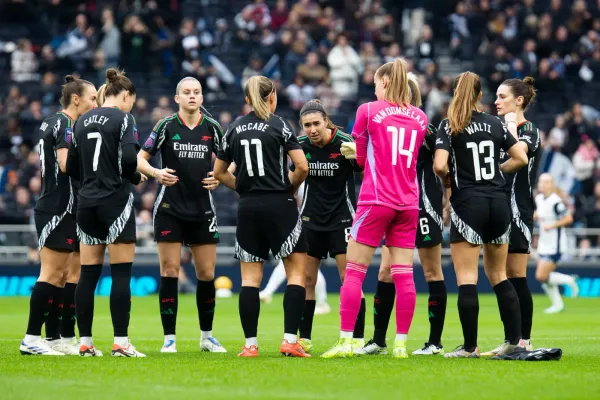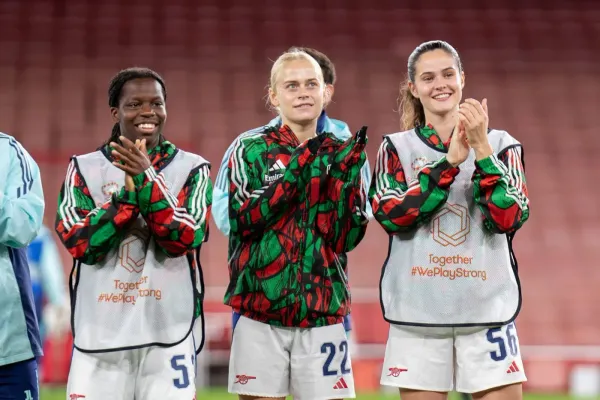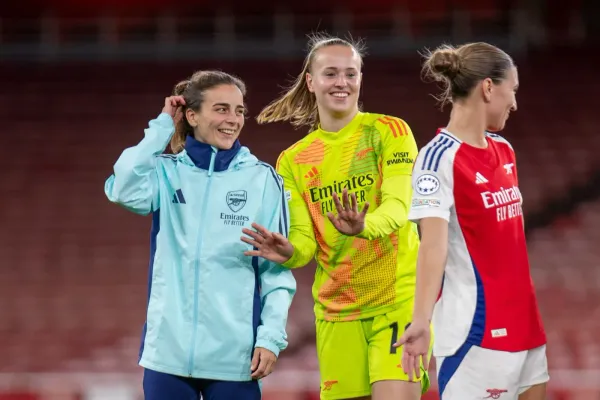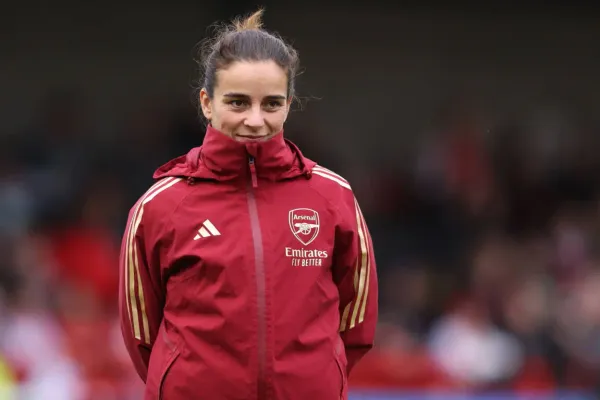How soon is now?
The tension between the present and future of Arsenal’s midfield
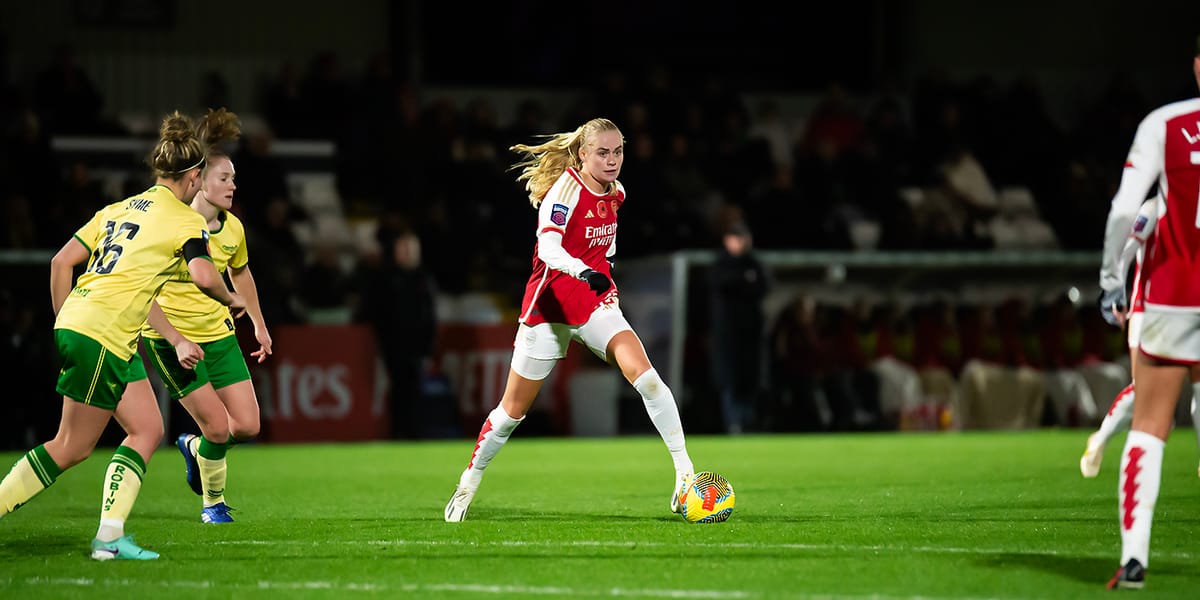
One of the most intriguing elements of last season, in my view, for Arsenal was the idea that the future and the present of Arsenal’s central midfield had a sort of tense co-existence. In Lia Walti and Kim Little, the team has a long established partnership in the ‘double pivot’, shared by players who are world class and have a strong understanding built up over a period of five seasons.
Walti is 31 years old and for a deep lying midfielder, that is more or less your late peak. With another two years remaining on her contract, we are some way from near term contingency planning being required for Walti, who has consistently been one of the team’s most important players over an extended period of time. At 34, Kim Little is more advanced in her career but, firstly, Kim takes care of her body with a rigour bordering on obsession.
I have been told she keeps spreadsheets of her physical output in games and in training and of her dietary intake. Every single Arsenal player I have ever asked about professionalism on the training ground has cited Kim as the utmost example. She also retired from international football some time ago now. While contingency planning is a little more necessary in Kim’s case, I believe some of the anxiety over the immediacy of her retirement is a little misplaced.
However, Walti and Little have picked up their fair share of injuries over the last couple of seasons. Any club at Arsenal’s level (and the level they aspire to) needs serious depth. Arsenal have a model where they have sought to future proof that area with the signings of 21-year-old Kyra Cooney-Cross and 20-year-old Kathrine Kuhl.
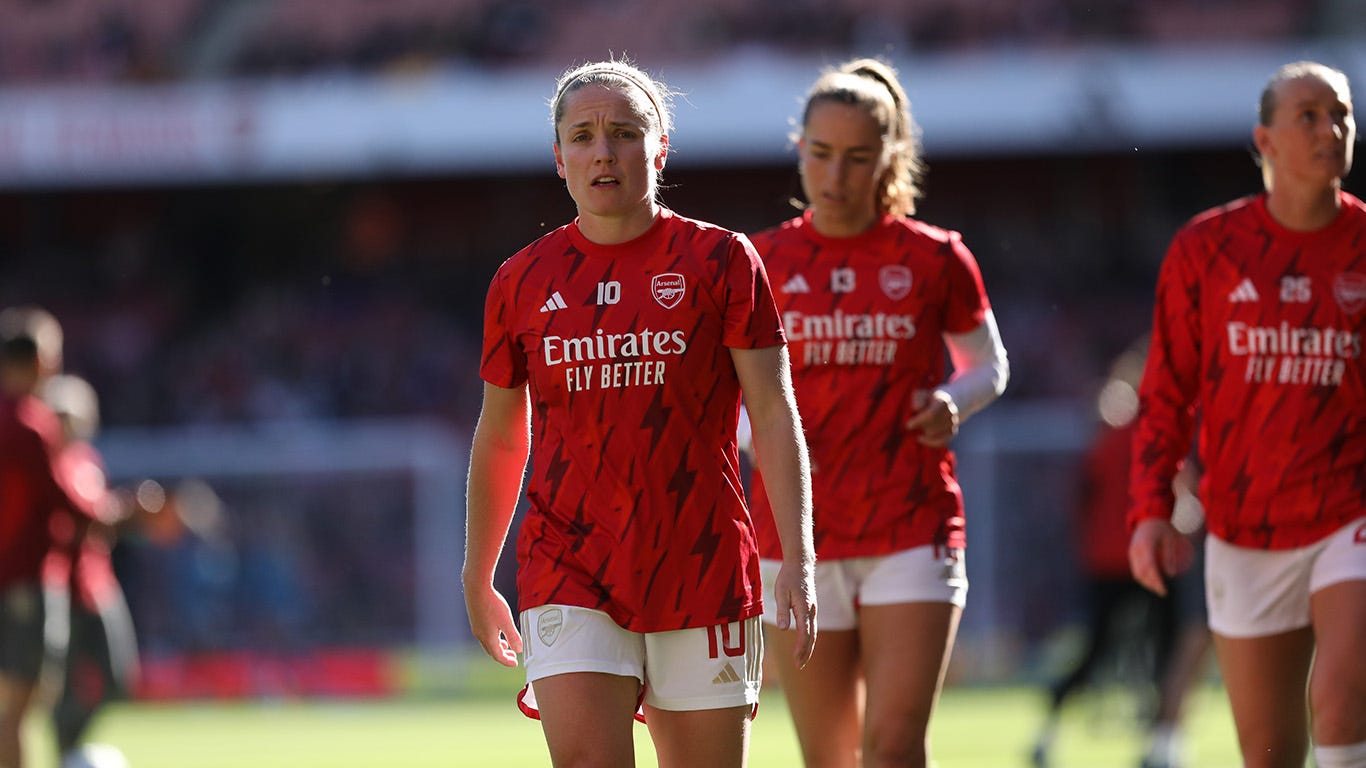
Victoria Pelova is a slightly different case, having just turned 25, she represents a bridging of those eras and that shows in her primacy in the team. Pelova played the fifth highest number of minutes in the WSL for Arsenal last season and more than any of the other central midfielders. In effect, Pelova’s ability to dribble in tight spaces made her an excellent long-term heir to Little’s function in the team.
Pelova is closer to her prime and was able to force her way into the team, with Little often playing in an advanced role so that Walti, Little and Pelova could play together. Kyra Cooney-Cross is younger, was signed on deadline day last summer (therefore had no pre-season with the team) and in the background, Arsenal were looking to develop her off-ball game so that she could play a slightly deeper role.
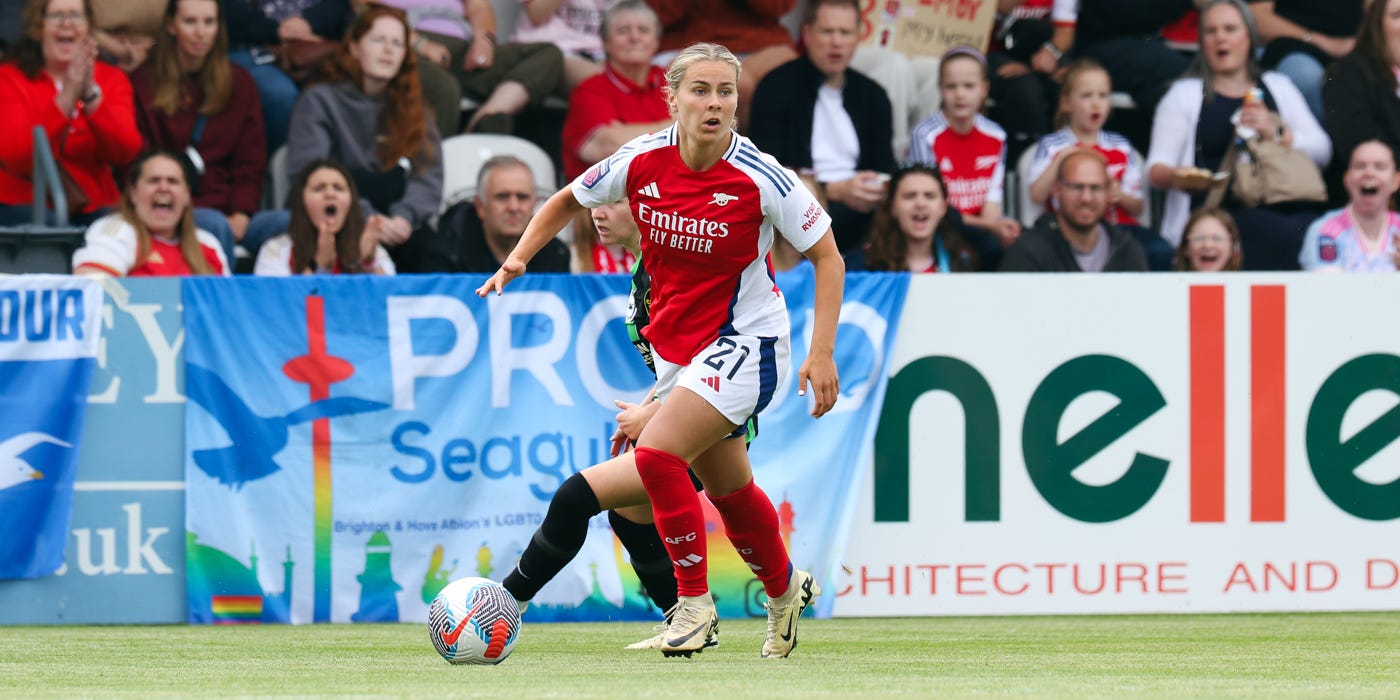
Five central midfielders for two positions is one too many, in my view. Kathrine Kuhl played six WSL minutes in the first half of last season before joining Everton on loan in January. Arsenal rate Kuhl very highly and the loan was seen as a development move but the same issue was always going to face her coming back to Arsenal- Pelova, Little, Walti and Cooney-Cross are all still there.
Even if we consider Kuhl for the more advanced midfield role, Maanum, Little, Russo and the incoming Mariona are serious options there. The really unfortunate news around Pelova’s injury, initially, looked as though it might have opened the door for Kuhl (indeed, that door might remain ajar). Pelova’s ACL injury essentially makes next season close to a write-off for her.
Realistically, it will be the 2025-26 season before Pelova will be in shape to be a regular starter again. By that time, Little will be 35, Walti 32 and maybe we will reach a more natural handover point that allows Arsenal to retain Kuhl, Pelova and Cooney-Cross, which always felt a little unlikely otherwise.
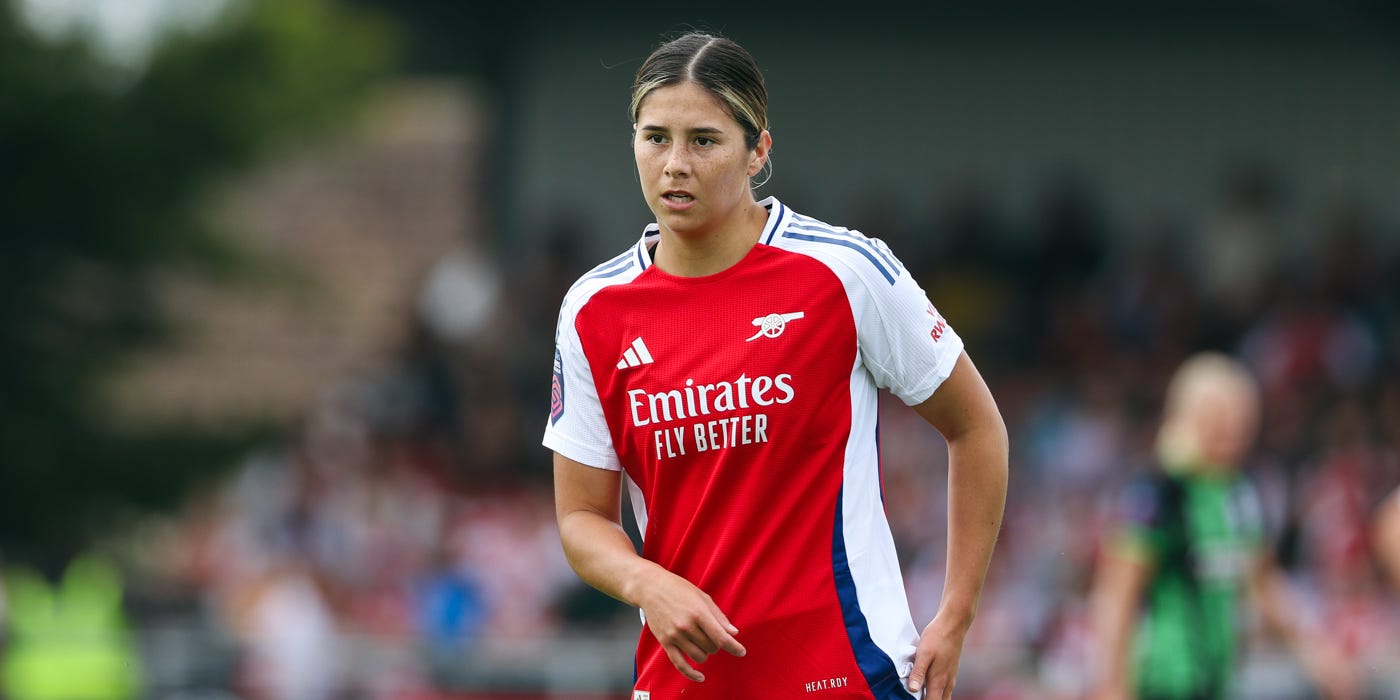
Developing young players for elite club teams is difficult in women’s football, where there are still far fewer club fixtures than in men’s football. It is perhaps easier to develop academy talent, who are probably more prepared to go on multiple loan moves, as Jess Park at Manchester City and Aggie Beever-Jones at Chelsea did. Arsenal’s Michelle Agyemang will almost certainly go on her second loan spell next season.
That is much more difficult to do with players you import into the squad. Contracts are short in women’s football, if Kathrine Kuhl goes on a second loan spell next season that will represent the lion’s share of her Gunners contract spent out on loan. Arsenal have found it difficult to integrate Brazilian winger Gio too, who has either been out on loan or else not registered for the squad during the majority of her contract.
There is an irony that there is now an opening in the squad for a direct, young, perhaps slightly raw winger in the squad now just as Gio has finished top scorer during her half-season on loan at CFF Madrid. But the distance between the player and the club has probably grown too considerably for her to come back and compete for a spot, so now Arsenal are looking to bring in another young, direct winger.
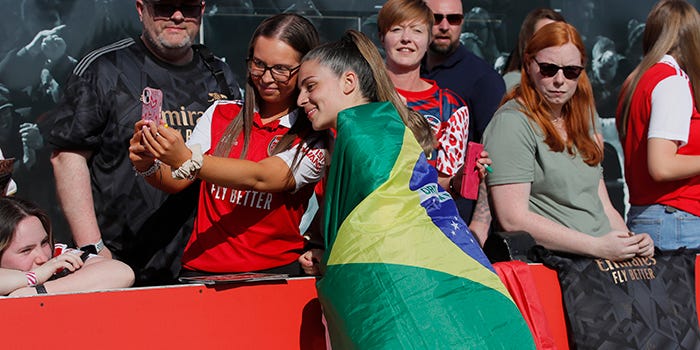
Pelova’s injury potentially opened up a space for Kuhl but with Barcelona’s line apparently softening on Keira Walsh, whom Arsenal were very interested in signing last summer, that window might yet close again. (Equally, it might not, no deal is close on Walsh and it might well not happen at all).
The interest in Walsh never truly died though Arsenal obviously had to plan for not getting the player last summer and pivoted to Cooney-Cross once it became clear that other WSL clubs were put off by Hammarby’s price for her. I am guessing that Arsenal consider Walsh one of those ‘if you can get her you do it’ type players and if someone has to move on to accommodate her, so be it.
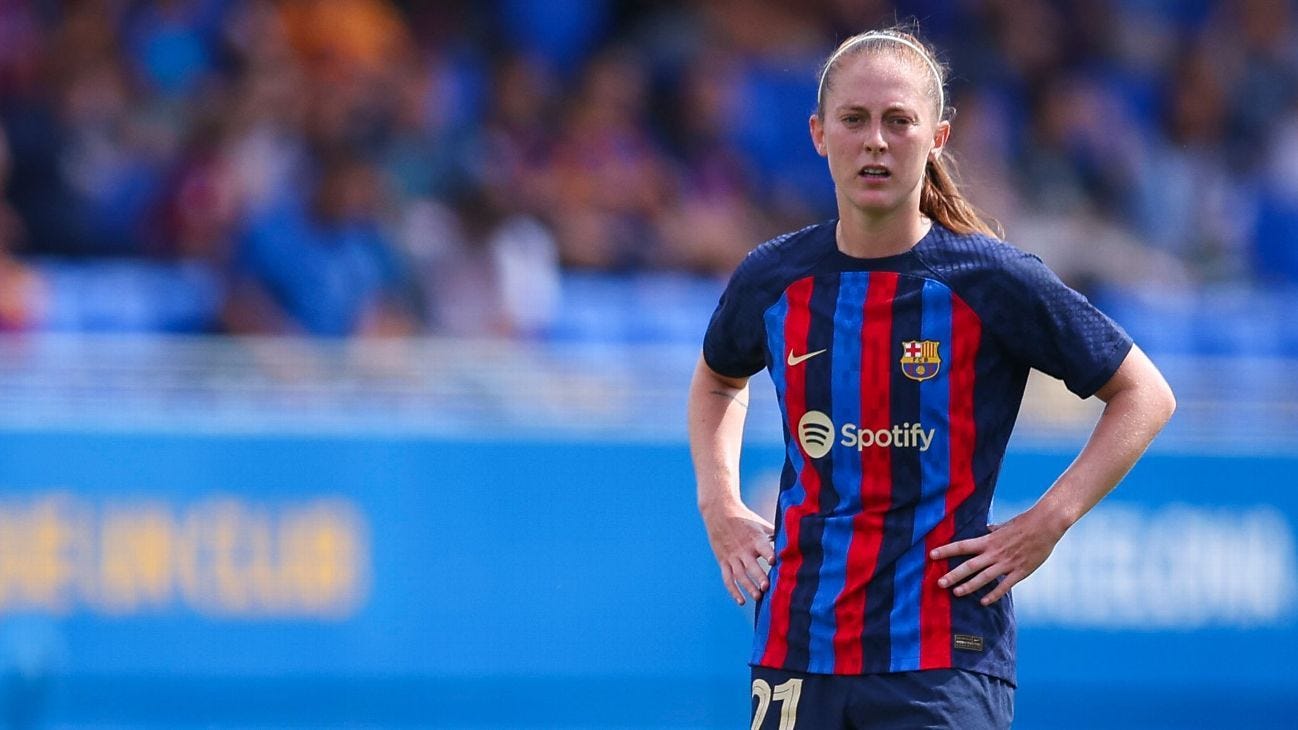
But it does rather expose the difficulty of planning for a future that is yet to arrive. Young players need games to develop and are generally not suited to limited squad roles, where there is a risk of stagnation and it’s difficult to send talented imports out on loan for close to the duration of their contracts.
Last season, it felt to me, at times, as though the ‘future’ of the Arsenal midfield was already there before the current tenants were ready to move out. If Arsenal are able to do a deal for Keira Walsh, Kuhl would almost certainly need to leave the club and if that is the case, so be it I guess. Arsenal’s priority is to win, not to nurture. But it illustrates the difficulty of nourishing precocious young talent at the elite level.
To quote Albert Einstein, ‘I never think of the future. It comes soon enough.’

